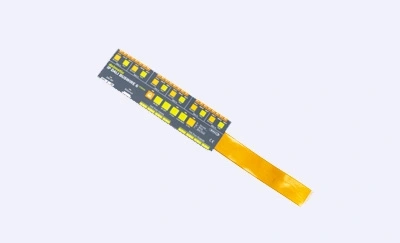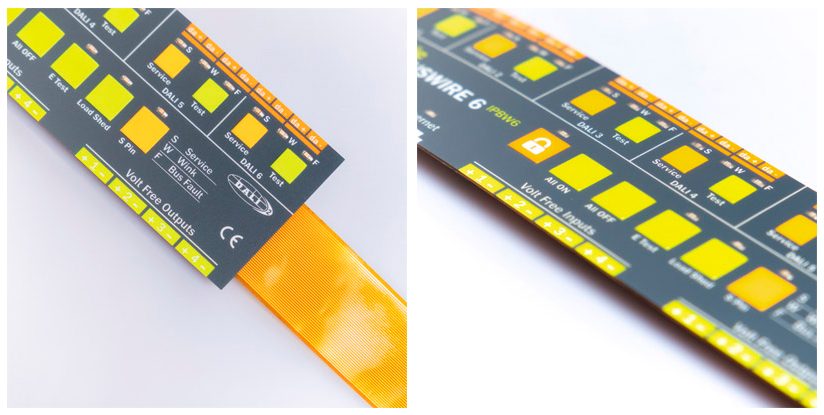
Sheet metal is a versatile material used extensively in various industries, from automobile manufacturing to construction. The malleability and durability of sheet metal make it a preferred choice for many applications. And when it comes to shaping and cutting sheet metal, the punching machine plays a pivotal role. But before we delve into the intricacies of operating these machines, it's essential to understand the basics of sheet metal and the significant role punching machines play in its processing.
Operating a punching machine is no walk in the park. It requires knowledge, experience, and constant vigilance. Here are some essential things you should keep in mind:
1. Safety Measures: Always wear protective gear like gloves and safety glasses. Ensure that the workspace is free from any obstructions.
2. The Importance of Calibration: A well-calibrated machine produces precise cuts, leading to quality products.
3. Machine Maintenance: Regular maintenance ensures longevity and optimal functioning of the machine.

Understanding the fundamentals is the key to mastering any craft, and operating a punching machine is no exception.
Start-up Procedures: Always ensure the machine is properly warmed up before beginning the operations.
Correct Punch and Die Selection: Depending on the material and the desired shape, select the right punch and die.
Positioning Sheet Metal: Place the sheet metal correctly to avoid any misalignment during punching.
Like everything else in the technological world, punching machines are evolving. Some of the notable advancements include:
CNC Control Systems: These systems allow for more precise and automated operations.
Multi-Tool Setups: Multiple tools can be used simultaneously, increasing efficiency.
Automation in Punching: This not only increases productivity but also ensures consistency in the products.
While punching machines are robust, they aren't immune to issues. Some common problems and their solutions are:
Misalignment: Regular calibration can prevent this.
Punch Breakages: Ensure that the punch and die are correctly selected and not worn out.
Sheet Metal Feed Problems: Ensure the feeding mechanism is clean and functioning correctly.
The material plays a crucial role in the punching process. Here's what you need to consider:
Material Thickness: Thicker materials require more force and specific punches.
Types of Sheet Metals: Different metals like stainless steel, aluminum, and copper have varied properties.
Effects on End Product: The choice of material can influence the quality and application of the end product.
To ensure efficient operations:
Efficient Programming: Regular updates and optimization in the machine's software can lead to enhanced performance.
Routine Checks: Daily inspections can help in early detection of wear and tear, reducing downtime.
Workforce Training: Continual training sessions ensure that the machine operators are well-versed with the latest best practices.
In an era focused on sustainability and environmental consciousness, it's essential to consider the environmental footprint of our operations.
Energy Consumption: Opt for machines with energy-saving features to reduce consumption.
Waste Management: Efficiently manage waste products from the punching process to minimize environmental hazards.
Recycling Opportunities: Use and promote recyclable sheet metals to support a sustainable future.
The industry is continuously evolving, thanks to technological advancements and innovative minds. Some upcoming trends include:
AI and Robotics Integration: Future punching machines will likely incorporate more AI-driven functions for increased precision and efficiency.
Green Manufacturing: Emphasis on eco-friendly operations will be at the forefront.
Increased Precision: As industries demand more precision, machines will be designed to meet these exacting standards.
What is the primary purpose of a punching machine? A punching machine is used to cut and shape sheet metals into desired forms using a punch and die mechanism.
How often should I maintain my punching machine? Routine maintenance should be conducted based on the machine's usage. However, a general recommendation is to inspect it monthly and schedule detailed maintenance quarterly.
Can I use one type of punch for all sheet metals? No, different sheet metals have varied properties, so it's essential to select the right punch and die combination for each type.
Is it challenging to operate a punching machine? With the right training and guidance, operating a punching machine becomes manageable. However, like any machinery, it requires attention to detail and constant learning.
What safety measures should be taken while operating these machines? Always wear protective gear, ensure the workspace is free from obstructions, and never bypass safety protocols built into the machine.
How has technology impacted punching machines in recent years? Recent technological advancements have led to more automation, increased precision, and energy-efficient features in punching machines.
The realm of sheet metal processing, with punching machines at its core, is vast and intricate. From understanding the basics of sheet metal to delving into the complexities of operating these machines, there's a lot to grasp. As the industry continues to evolve, staying updated with the latest trends, safety protocols, and technological advancements becomes paramount. By mastering Sheet Metal: 9 Things You Need to Know When Operating Punching Machine, one ensures quality output, safety, and efficiency in the workplace.